
Top Sellers
Top 50 Best Newest Supplements Top Protein Top Pre-Workout Top Post-Workout Top Fat Loss Top Intra-Workout Top Health & Wellness Powerlifting Books
Workout Accessories
Videos
Workout Music
Powerlifting Books
Workout Accessories
Videos
Workout Music
Ads
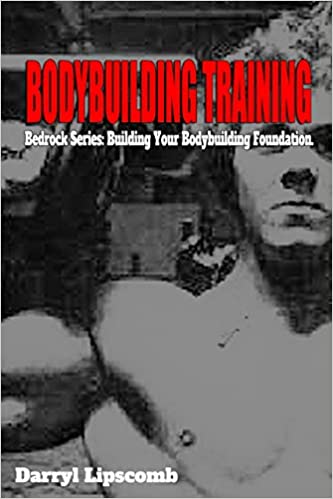
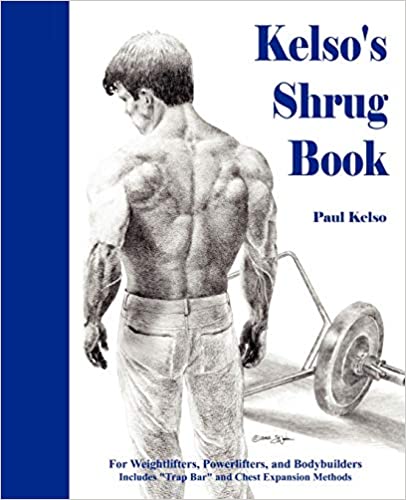
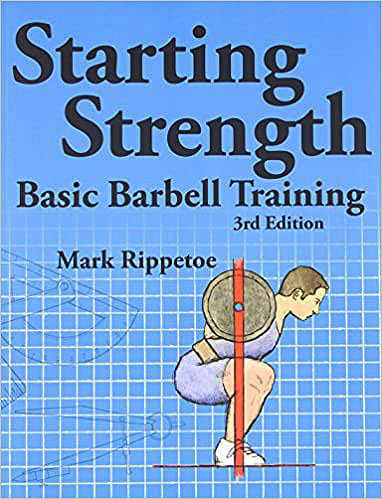

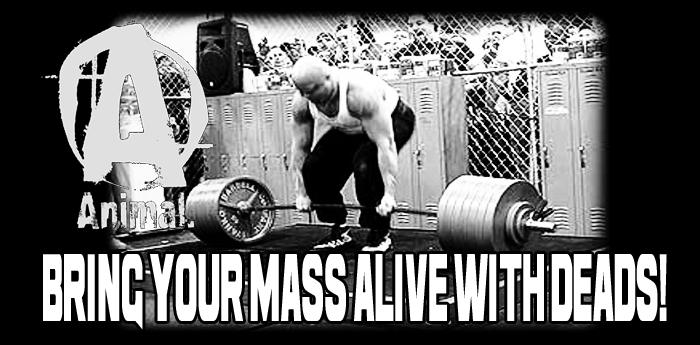
 By: Animalpak.com
By: Animalpak.com
Have you ever heard the advice that a bodybuilder should not deadlift because it makes his waist wide and thick? It is a proven fact that if you want quality muscle, heavy deadlifting is one of the best overall muscle-building exercises. I've been a world-ranked powerlifter and competitive bodybuilder for nearly 25 years and a good part of my success is due to the various styles of deadlifting I've used over the years. Here, I'll talk about a couple of different styles and their benefits. So if you want quality mass, work in the deadlift. And remember, never surrender.

If you've never deadlifted before, I'd recommend starting with partial deadlifts from a power rack or a squat rack. The starting bar placement should be just above the knee and with a conventional or close-foot stance. Hand placement, or grip, should be either a reverse grip (hands opposite each other) or forward grip using hand straps. I would not recommend using gloves during any type of pulling exercise because they cause you to lose your sense of touch.
This is what actually causes you to lose your grip. Always start by using a lighter weight than what you would use for your working set. As you start your pull, keep your knees bent and back flat. Push with your legs and throw your hips into it, locking the bar at arm's length with your shoulders back. Each rep thereafter should be "touch and go" style. By this I mean instead of stopping at the bottom and re-setting to pull again for each rep, you just go down, touch, and repeat rep after rep without stopping the set until you're done. These deads are very good at getting the feel of the weight in your hands and developing thickness.
Heavy weights should only be attempted by the advanced lifter. This style will work your hamstrings and lower back. Stand on a block, box or platform in order to get a complete stretch. Start the pull in a regular conventional (close stance) position. As you descend on the second rep, keep your knees almost completely straight and reach down as far as you can go, keeping the bar in close to your legs. Make sure you keep your back flat.

The reason for using a flat-soled shoe is to be as close to the ground as possible. Believe me, when you wear a regular tennis shoe, that 1" sole will affect the maximum weight, regardless of your stance. Stand with your feet about shoulder-width apart and your shins touching the bar. Your hand placement (grip) should be on the outside of your legs, so that as you pull, your hands are on the outside of your legs, instead of dragging up your thighs.
With your knees bent and your back flat, begin your pull by pushing off the heels of your feet, dragging the bar up your legs, and keeping it in as close as possible. As the bar comes over the top of your knees, throw your hips into it, locking out at arm's length with your shoulders back.
Never pull any style of deadlift with a rounded back. Touch and go style reps work similar to stiff legs. Reps done by stopping and resetting each time work the hip flexors, quads, glutes and hamstrings. This is an explosive movement: snap the bar off the floor each time with a smooth transition. Be sure to keep your arms straight at all times. Conditioning for this style would be to touch and go all of your reps, including your top set. To work strength and explosion, you would re-set after each rep.
With this stance, your grip is inside your legs as you pull the weight up and your leverage is almost the same as a wide stance squat. The width of your foot placement varies depending on comfort. Balance and technique are the key elements involved in the sumo stance. A majority of the shorter lifters like the sumo stance, due to the shorter travel distance. The idea behind the sumo-style deadlift is basically the same as the conventional deadlift. However, the key element in the sumo-style is if you can break the weight off the floor, most of the time, you can complete the lift.
These are regular, conventional style deadlifts performed while standing on a box. You cannot handle near the amount of weight as you can from the floor, so these are to be done after your heavy sets. Your legs come into play much more than your back while doing this movement. Some lifters prefer to do this movement on their leg day for assistance work. Work schedule would be the same as the stiff-legged deadlift.
These are very similar to partial deadlifts except that the weight is on the boxes and the bar position is at the top of your knee when you begin the lift. The reason for this movement is to get the same harmonics out of the bar just as if you were pulling from the ground. 3 x 3 with a heavy weight, usually 100lb. more than you pulled from the floor.
Tags: deadlift
Sponsored Products:
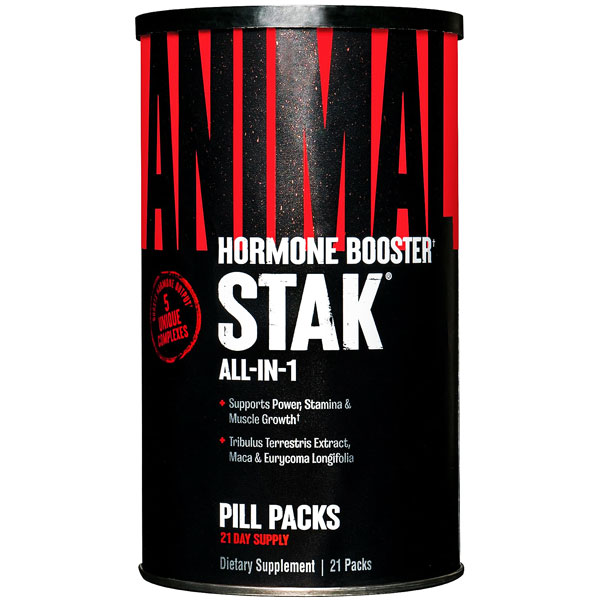
ANIMAL
STAK
Ultimate Anabolic Training Pak!
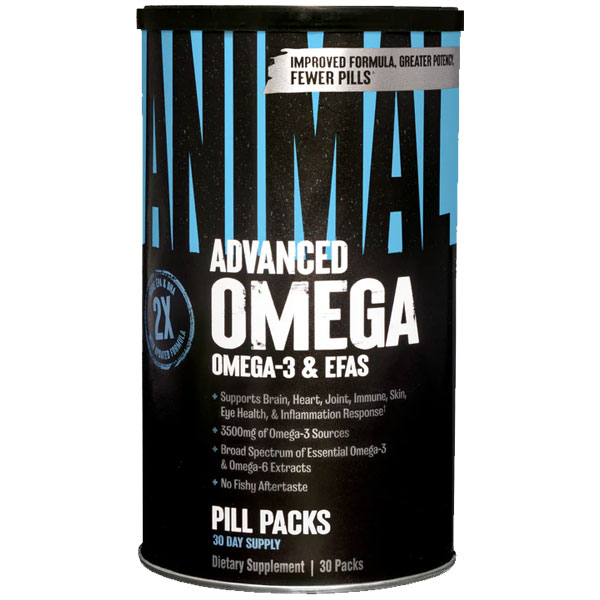
ANIMAL
OMEGA
Essential EFA Stack!
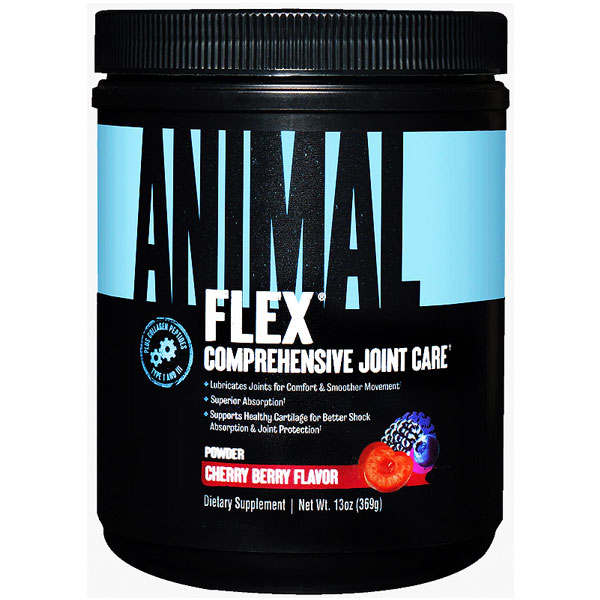
ANIMAL
FLEX POWDER
Joint Support!

ANIMAL
IMMUNE
Immune Support Complex!
Iron Bull
Powerlifting Lever Belt
10mm / 13mm Weight Lifting Belt (USPA & IPL Approved)
Price: $89.95 Get Yours
Get Yours
BEAST RAGE
Lifting Straps
Straps for Weightlifting, Padded, Men & Women Hard Pull Exercise Straps
Price: $8.99 Get Yours
Get Yours